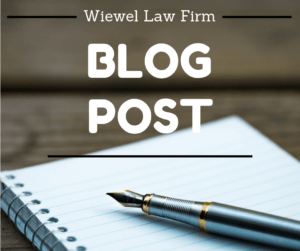
Some Fundamental Responsibilities of an Executor
If you are asked to be an executor, you should learn some of the basics of the job before agreeing to the task. An executor is the individual named to distribute a decedent’s property that passes under his or her will. The executor also arranges for the payment of debts and expenses. There are some fundamental responsibilities of an executor.
WMUR’s recent article entitled “Settling an estate” explains that if the executor is not willing or able to do the job, there’s usually an alternate executor named in the will. If there’s no alternate, the court will designate an executor for the estate.
Depending on the estate, it can be a consuming and stressful task to address all of the issues. Sometimes, a decedent will leave a letter of instruction which can make the process easier. This letter may address some of the responsibilities of an executor, like the decedent’s important documents, contact info, a list of creditors, login information for important web sites and final burial wishes.
One of the key documents is a will. The executor must get a hold of a copy and review it. You can work with an estate planning attorney to determine the type of probating (a process that begins with getting a court to approve the validity of the will) is needed.
The executor should conduct an inventory of the decedent’s assets, some of which may need to be appraised. If the decedent had a safe deposit box, the contents must be secured. Once the probate process is finished, assets then may be sold or distributed according to the will.
Asset protection is critical and may mean changing the locks on property. The executor may be required to pay mortgages, utility bills and maintenance costs on any property. He or she must change the name of the insurance on home and auto policies. Any brokerage accounts will need to be re-titled. The final expenses also need to be paid.
The funeral home or coroner will provide death certificates that will be needed in the probate process, and for filing life insurance claims.
If the decedent was collecting benefits, such as Social Security, the agency will need to know of the decedent’s death to stop benefits. Checks received after death must be returned. The executor will file a final federal and state tax return for the decedent, if necessary. There also may be an estate and gift tax return to be filed.
These are just some of the fundamental responsibilities of an executor. An executor’s task can be made easier with the help an estate planning attorney.
If you would like to learn more about being an executor, please visit our previous posts.
Reference: WMUR (Dec. 23, 2020) “Settling an estate”






